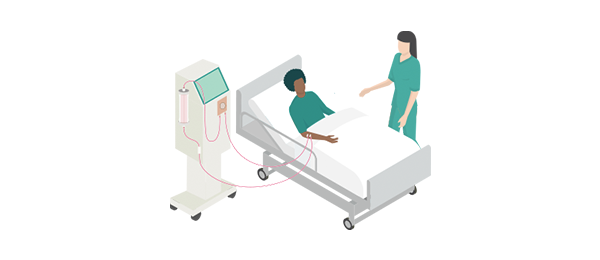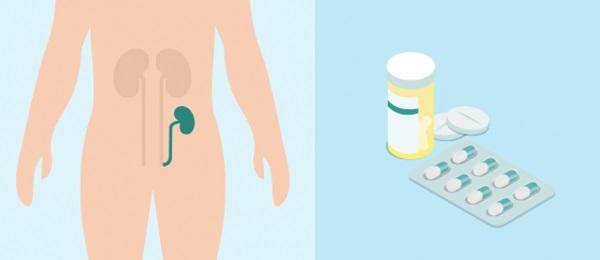Automated Peritoneal Dialysis (APD)
Automated peritoneal dialysis (APD) is a home therapy option for end-stage kidney disease, performed using a dialysis machine, which helps to deliver and drain the dialysate automatically.

What is Automated Peritoneal Dialysis (APD)?
Automated PD (APD) is a type of PD that is performed using a dialysis machine, which helps to deliver and drain the dialysate automatically, with minimal human intervention. This dialysis machine, also called a cycler, is programmed to provide the exact amount of dialysate prescribed by your clinician. An APD exchange typically takes between 8 and 12 hours and can be performed overnight while you sleep.
How does Automated Peritoneal Dialysis (APD) work?
Before each dialysis session, your APD cycler is connected to 10-15 liters of clean dialysis solution. A tube from the cycler is then connected to a catheter in your abdomen. The APD cycler is programmed to control the movement of clean dialysis solution into your abdomen by the machine.
It drains the used dialysis solution from your body and replaces it with fresh solution at regular intervals throughout the therapy duration. You will have to set up the dialysis machine with fresh equipment and dialysis fluid for each APD session. Every patient is different and your APD cycler’s program will be customized to your specific needs.


